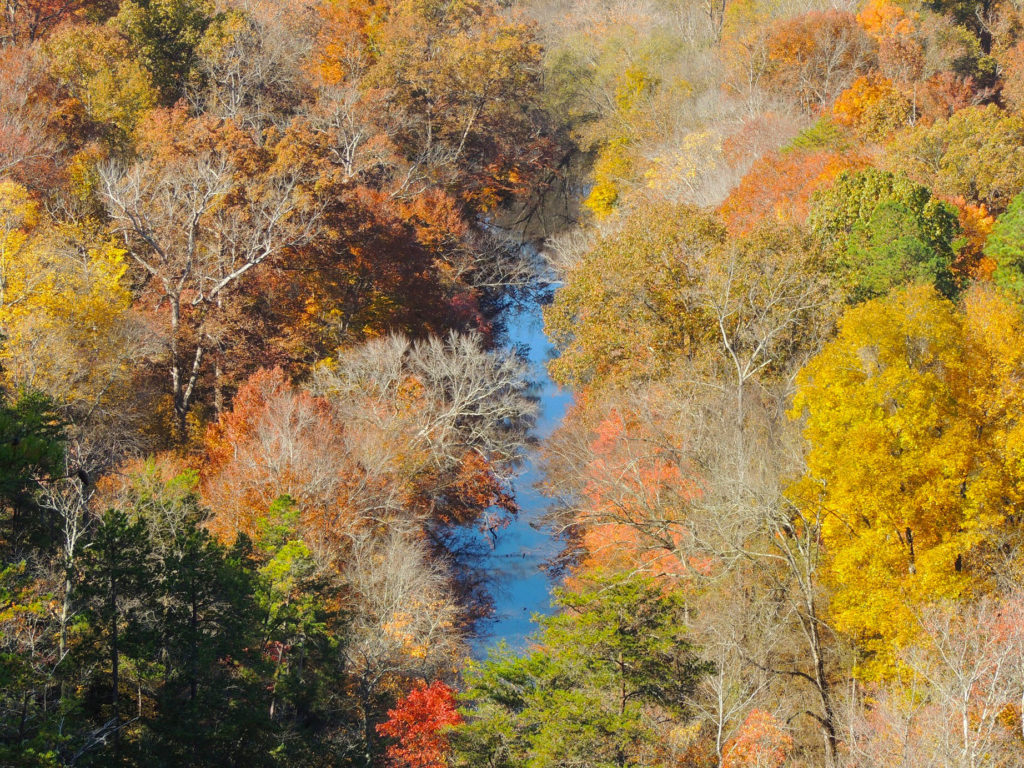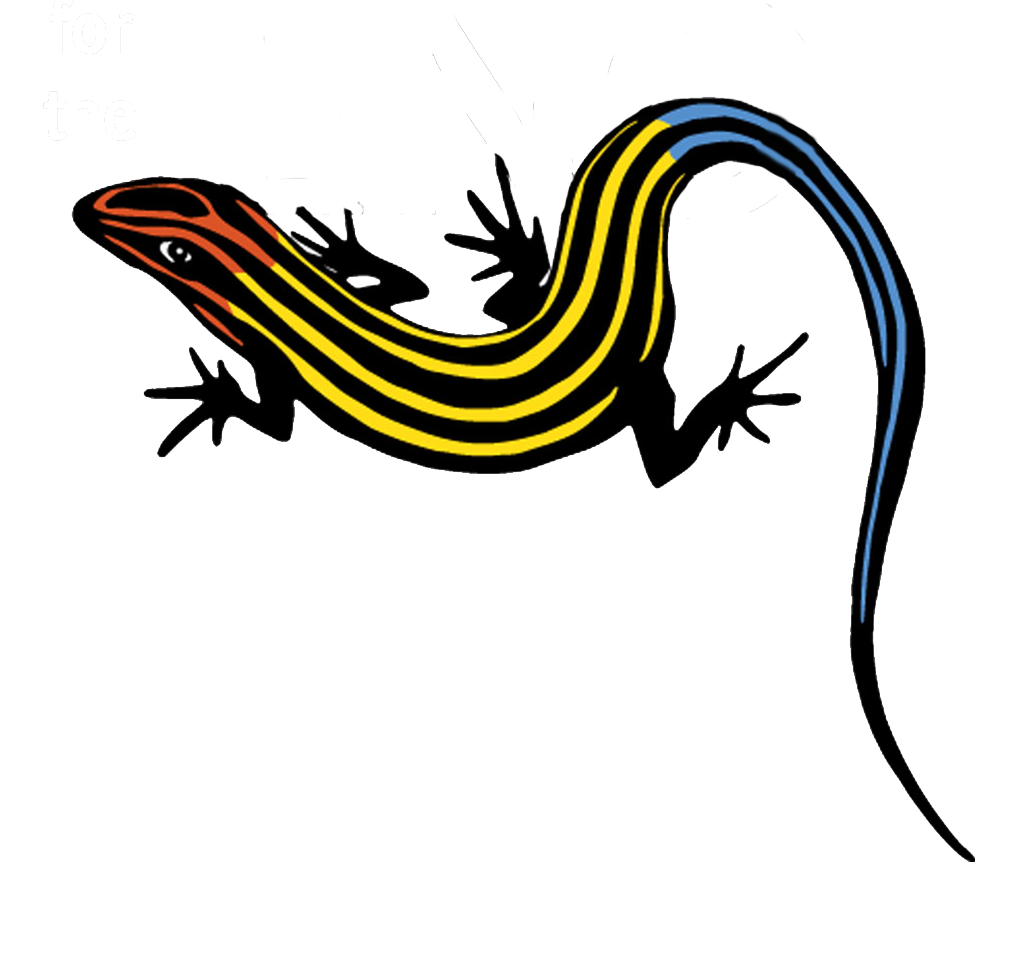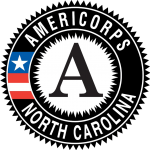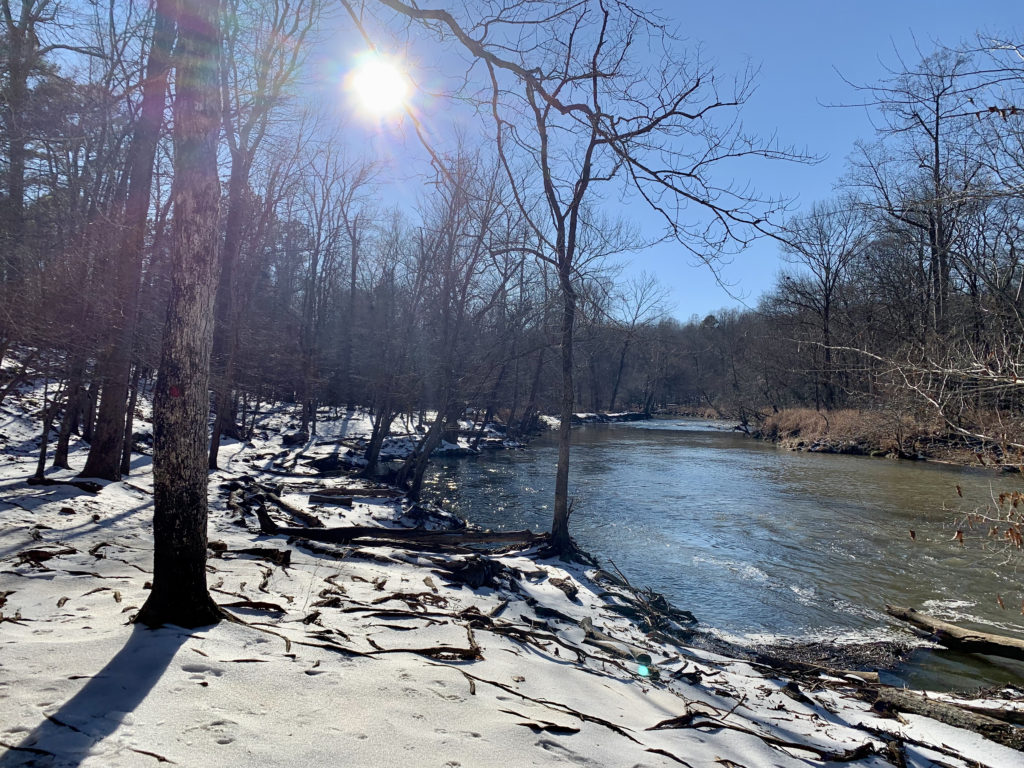
Winter
Red-bellied woodpecker: The red-bellied woodpecker (Melanerpes carolinus) is the most common winter woodpecker in North Carolina and is a year-round resident of the Eno! Look for this species on tree trunks where it uses its bill and tongue to extract insects from the bark!
American beech: Unlike many other deciduous trees, the American beech (Fagus grandifolia) keeps its leaves through the winter until spring arrives. This phenomenon is called marcescence and is thought to be an adaptation designed to conceal flower buds from white-tailed deer and other browsing animals.
White-tailed deer: White-tailed deer (Odocoileus virginianus) remain active in Eno forests in the colder months, but tend to move at a slower pace in order to conserve energy. Their fur grows thicker and serves as effective insulation against the cold!
Spring
Southern leopard frog: One of the first signs of spring is the sound of frogs singing! Some people say that the call of the southern leopard frog (Lithobates sphenocephalus) sounds like a hand rubbing against an inflated balloon.
Dimpled trout lily: The dimpled trout lily (Erythronium umbilicatum) is a short-lived perennial flower that is among the first to bloom as temperatures begin to rise. This timing allows them to gain access to unobstructed sunlight before the trees above them start producing leaves!
Yellow lady’s slipper: The yellow lady’s slipper (Cypripedium parviflorum) is an orchid species that begins to bloom along the Eno around April. This species tends to grow in more acidic soils along rivers or in damp mixed forest understories.
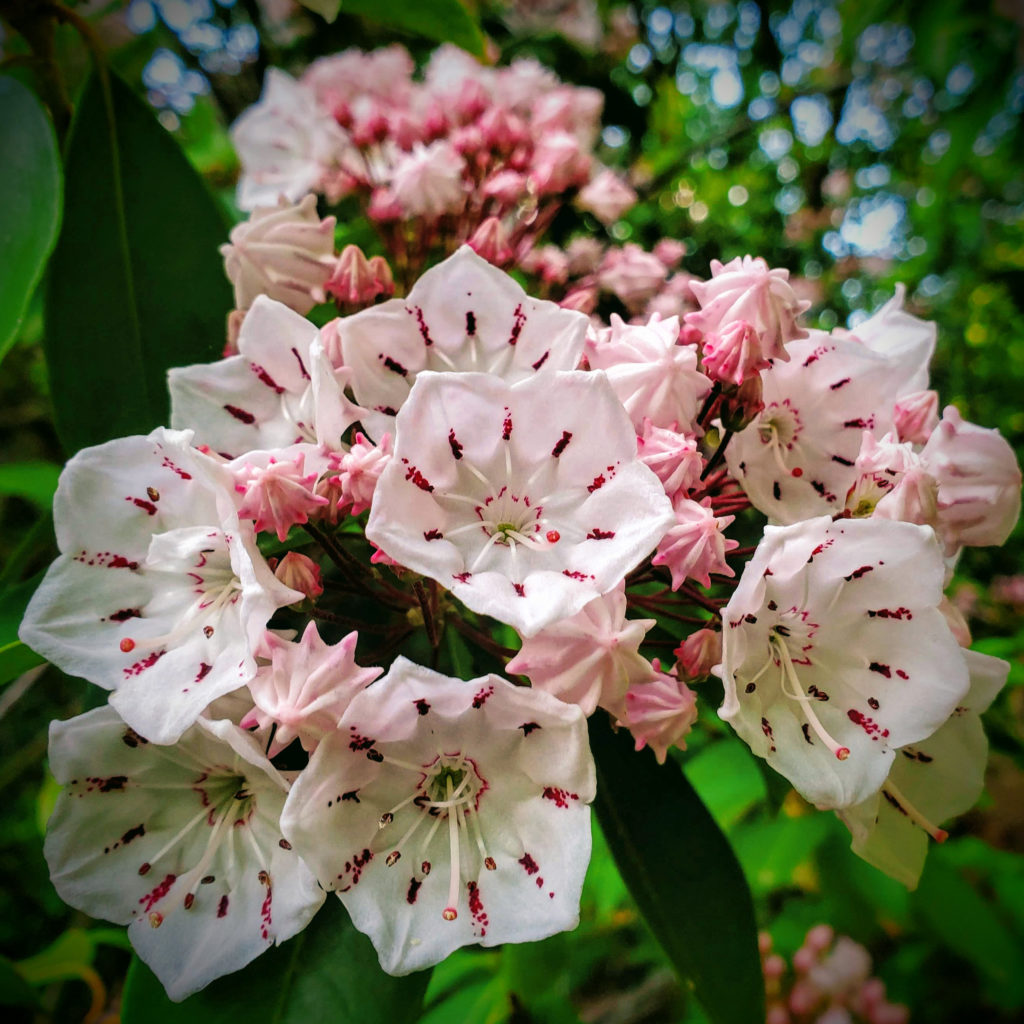
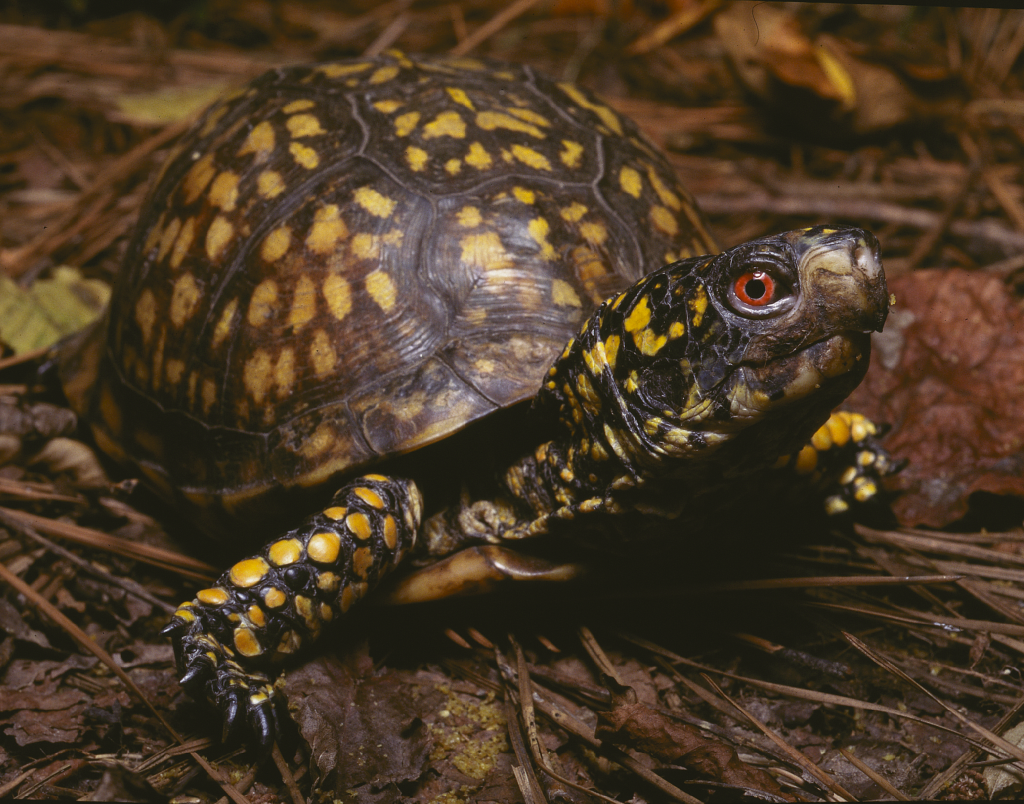
Summer
Mountain laurel: The mountain laurel (Kalmia latifolia) is an evergreen shrub which produces flowers that often remain through midsummer. This species is actually toxic to many animals and is therefore not heavily browsed by wildlife.
Northern watersnake: The northern watersnake (Nerodia sipedon) is a non-venomous species of semi-aquatic snake which is often confused with the venomous cottonmouth, or water moccasin. However, in addition to body pattern and shape differences, watersnakes tend to swim with their bodies beneath the water, while cottonmouth swim on top of the water.
River cooter: River cooters (Pseudemys concinna) are freshwater turtles which are very common along the Eno and can be seen basking on logs or swimming in the water during summer months. This species is omnivorous and will eat almost anything it can find!
Fall
Deciduous trees: As the days get shorter and temperatures fall, deciduous trees become less and less active. With less sunlight to perform photosynthesis, the chlorophyll in the leaves of these trees begins to break down. Since chlorophyll is the chemical responsible for green coloration in leaves, its decline during autumn means that the yellow, orange, and red pigments already present in the leaves are revealed.
White-throated sparrow: During autumn, white-throated sparrows (Zonotrichia albicollis) migrate to the area from their breeding grounds up north. This species can be identified by the prominent white patch on its throat or by their pretty, whistle-like song!
